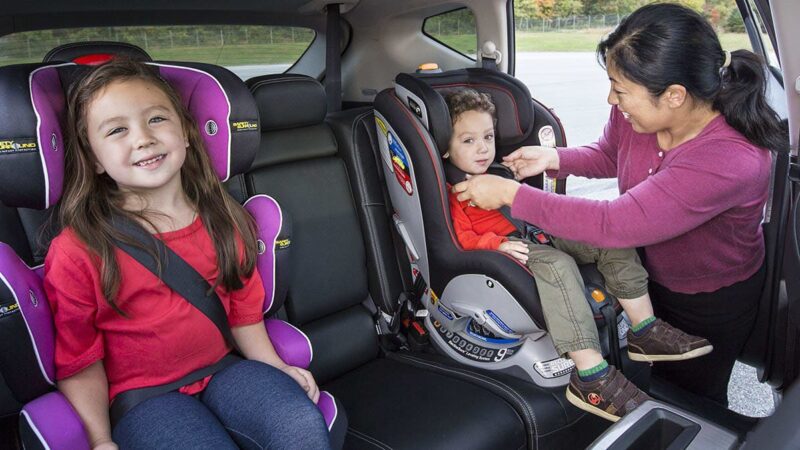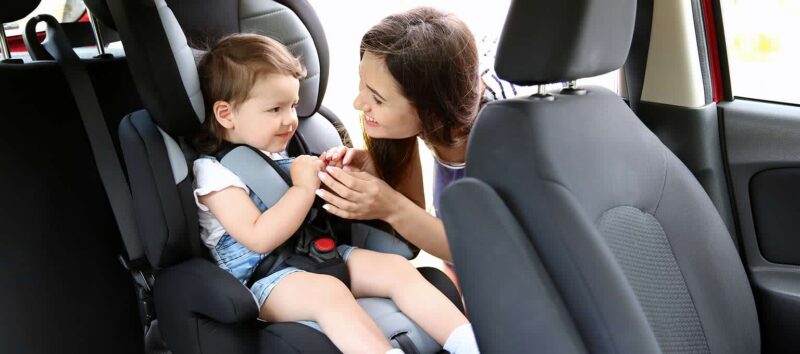Car seats are one of the most important pieces of safety equipment a parent can provide for their children. But what should you do if you’re ever faced with a legal problem?
In this article, we’ll discuss the most common legal issues, and tell you which type is best for your specific child.
Types of car seats and Restraints and harnesses

When it comes to car seats, there are a variety of options to choose from. However, not all restraints and harnesses are created equal.
Here are four types of car seats and their corresponding restraints and harnesses: infant seat, convertible seat, booster seat, and seat belt harness.
Infant seats typically use a harness and a restraint system that wraps around the child’s torso and legs. This type is appropriate for children up to 4 months old. Some infant seats also have a height-adjustable feature that allows the parents to adjust the child’s sitting position.
Convertible seats typically use a harness and a restraint system that attaches around the child’s body. This type can be used from birth through 3 years old. Some convertible seats also have a height-adjustable feature that allows the parents to adjust the child’s sitting position.
Booster seats use a harness and a restraint system that attaches around the child’s body and waist. This type can be used from 4 months old through 8 years old. Some booster seats also have a height-adjustable feature that allows the parents to adjust the child’s sitting position.
Seat belt harnesses use a belt to restrain the child. This type is appropriate for children between 1 and 4 years old. Seat belt harnesses should only be used when the seat is properly installed in a vehicle and the child is restrained by the car seat manufacturer’s instructions.
Choose the Right Car Seat

There are a few things to keep in mind when choosing the right one for your child. First, it is important to determine the weight and height of your child. Next, consider the type of car, and finally, consider the age and size of your child’s vehicle.
A lot of factors go into choosing, but these three should be at the forefront of your mind when making a decision.
Legal Problems Involving Car Seats
There are a lot of different seats on the market, and it can be difficult to know which one is the right one. This is especially true if you don’t have a lot of experience. You should get familiar with car seat laws before using one for your child.
Here are some of the most common legal problems:
1. Child is too big
If your child is significantly larger than the recommended age range for their car seat, it may not be safe for them to use it. In this case, you’ll need to find a different seat that will fit them properly. Make sure to check the weight and height limits for each model before purchasing it.
2. The seat isn’t installed correctly
Car seats must be installed correctly to be safe. You should always consult the manufacturer’s instructions when installing it. If you have any questions or concerns about the installation, please contact a professional installer.
3. Child isn’t restrained properly
A child must be restrained in a vehicle using a child restraint system (CRS) or booster seat unless a child is not able to sit in a CRS or booster seat. A child must also be restrained in a vehicle using a seat belt if the child is between 1 and 4 years old and taller than 42 inches, or if the child is not able to sit in a seat belt.
When to use a car seat

The American Academy of Pediatrics (AAP) recommends that children use car seats until they are at least 2 years old and weigh 40 pounds. That means there is a lot of information to consider when choosing the right one for your child.
Here are some tips on when to use a car seat:
- If your child is younger than 1 year old: your child should be in a rear-facing car seat until he or she reaches 1 year old.
- If your child is 1 year old or older but less than 2 years old: your child should be in a forward-facing car seat until he or she reaches 2 years old and weighs 40 pounds or more.
- If your child is 2 years old or older but less than 4 years old: your child should be in a convertible car seat until he or she reaches 4 years old and weighs 40 pounds or more.
- If your child is 4 years old or older and meets the weight and age requirements listed above: you can use a standard car seat without any additional safety features.
Seat belts and lap-shoulder belts
Seat belts and lap-shoulder belts are vital safety devices in a car. However, like any other vehicle safety equipment, they can be used improperly and cause legal problems.
1. Seat belt use violations:
A person who is not properly restrained by a seat belt can cause serious injury in a crash. If you are ticketed for using a seat belt improperly, you may face fines and/or jail time.
2. Child passenger unrestrained violations:
Children can become agitated and dangerous when they are not properly restrained. If your child is unrestrained, they could jump out of the car or try to climb out of the window. This can lead to serious injuries or death.
3. Crashworthiness violations:
Improperly installed or used car seats can make a crash much worse for your child. A crash-worthy car seat will help protect your child in a crash, but if it is not installed correctly or used properly, it can still injure or kill your child.
Conclusion
We all know how important it is to keep our children safe while they are in our vehicles. Hopefully, by reading this article you can avoid some of these potential headaches.


